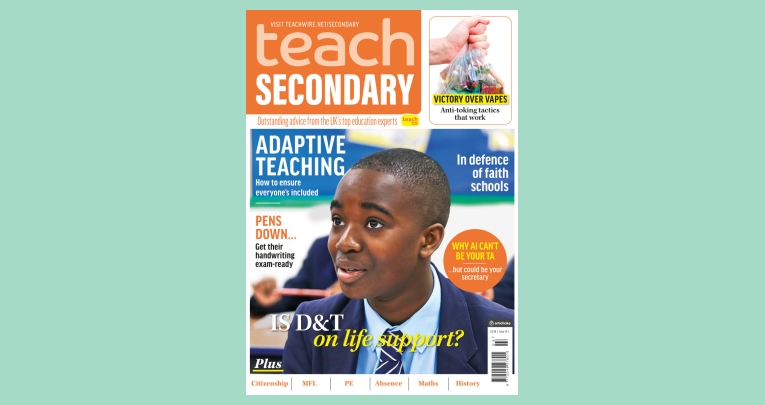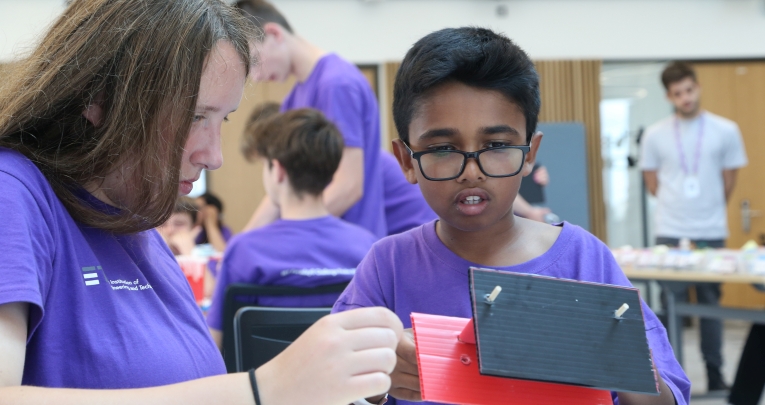Welcome to the latest issue of Teach Secondary.
As any history teacher will gladly tell you, it can be fascinating to look back on major historical pivot points and sketch out the far-reaching, transformative changes they set in motion.
Observe the 2007/8 financial crisis, for example, and how it went on to shape the economic policies and political upheavals – Brexit, anyone? – of the 2010s. Some shrewder economists did their best to draw attention to those repercussions at the time; most of us will have only come to appreciate its true magnitude some years after the fact.
Now consider COVID. Yes, there’s been plenty of commentary and speculation as to what the true lasting legacies of the pandemic will be, and much debate over what the ‘new normal’ actually refers to.
What can’t be denied, however, is that its long-term material impact is now impossible to ignore.
One post-COVID phenomenon that any teacher or SLT member will be all too familiar with is the dramatic rise in student absence.
Can it be ascribed to a new, widespread form of teenage anxiety? Or a sense that distance learning tools now make a student’s presence at school neither here nor there in the eyes of their parents – just so long as they’re listening to what their teacher says, whether on-screen or in person?
The EEF is one of many organisations busily uncovering some of the factors that might be at play (see page 15).
“One post-COVID phenomenon that any teacher or SLT member will be all too familiar with is the dramatic rise in student absence.”
Schools, confronted with worrying registration data, are meanwhile responding as best as they can, through increased parental engagement, retaining distance learning as a core part of their offering, and by building up those aspects of the school experience that are impossible to experience at home – such as extracurricular sporting activities (see page 61).
From our current vantage point, it’s tempting to see the spike in absence rates as a temporary, if stubborn, blip rather than a permanent and troubling shift in how pupils, parents and school leaders see each other.
And yet, the government has deemed the issue serious enough to warrant the creation of a sprawling centralised attendance data set, to which all schools in the country will henceforth be regularly sending their daily attendance registers (see bit.ly/ts133-EL1).
It remains to be seen what that data tells us – how unprecedented the situation now is, the extent to which the problem varies by region, whether we’re ever likely to see a return to 2019-era absence figures.
It could yet turn out to be another ‘new normal’ the profession has to reckon with. Let’s hope for everyone’s sake that it isn’t.
Enjoy the issue,
Callum Fauser – Editor











